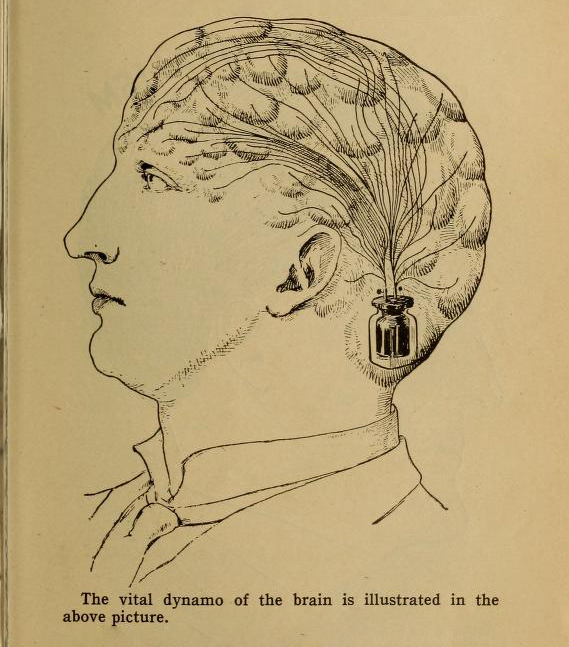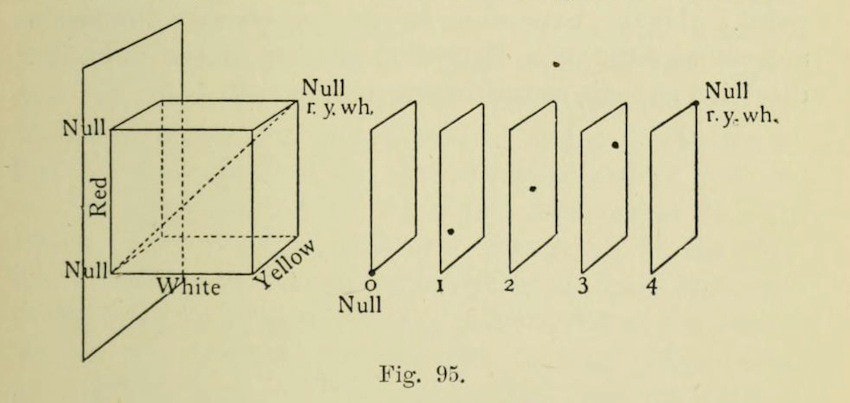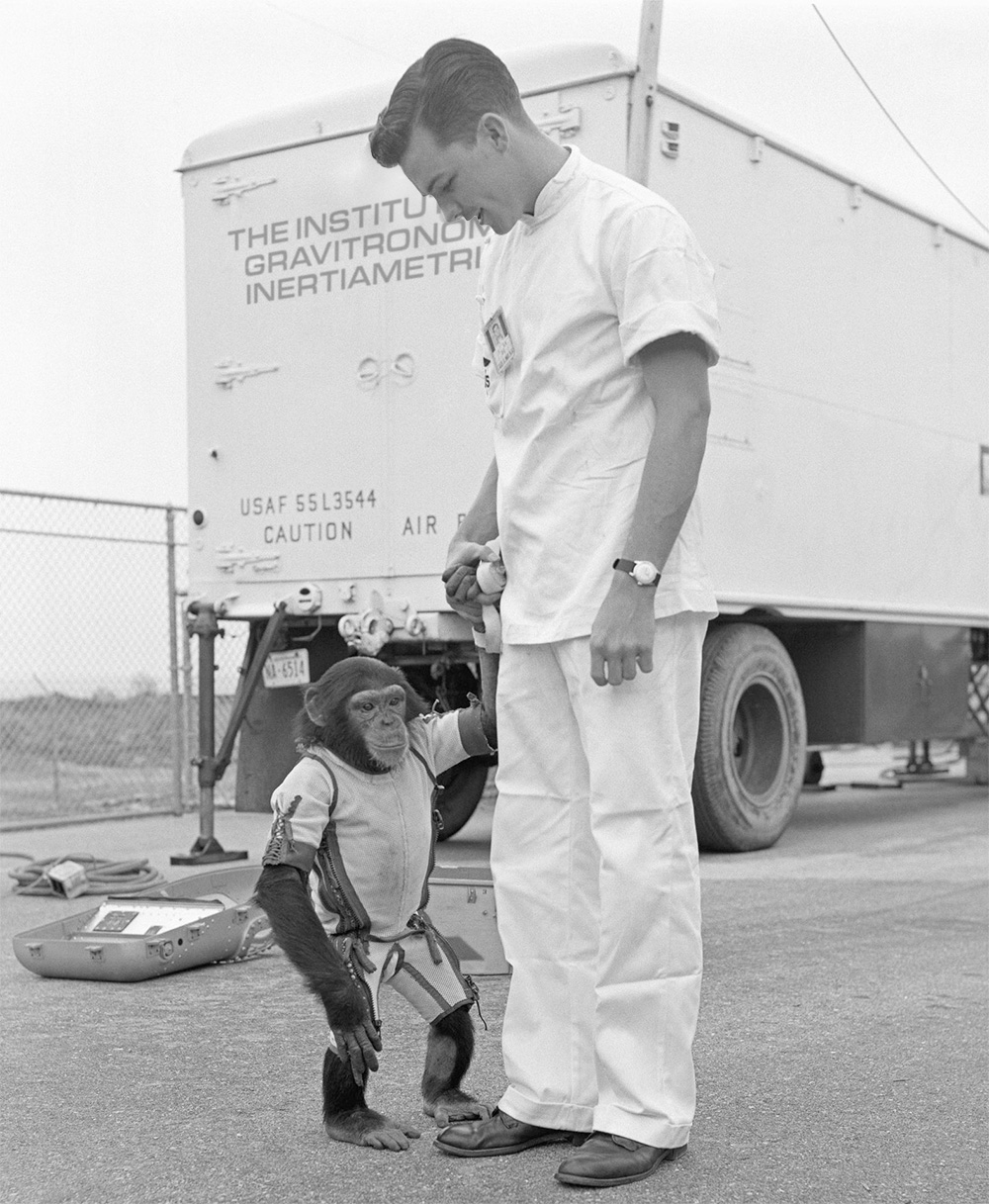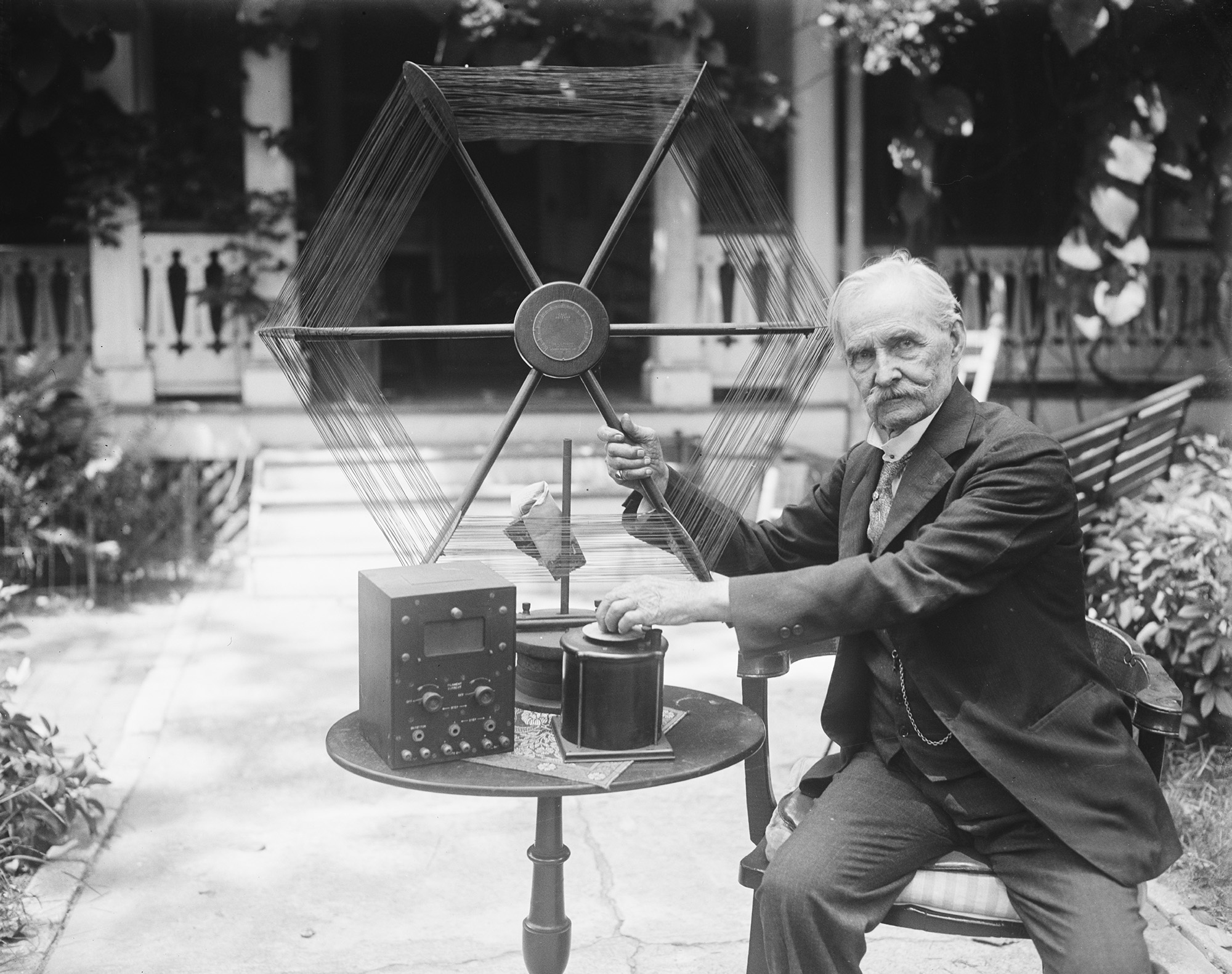
Over 30 years after the discovery of the relationship bees have with the earth’s magnetic field (Gould, Kirschvink, Deffeyes, 1978), leading researchers from the Institute’s Center for Theoretical and Applied Geonomics, partnered with the Institute’s Department of Electromagnetic Biomestry, have made a discovery of their own.
Dr. Jónar Sørensen, official director of the joint study, believes the discovery may render the mariner’s astrolabe, the octant, and possibly even the compass itself, obsolete.
Sørensen’s summer intern Harold Liebstraum, while filing geoarchaic research from the early 1970s, noticed that iron in molten rock had a tendency to align itself with the earth’s magnetic field before the rock cooled, locking the iron into place. This information, coupled with knowledge of electromagnetic biomical navigation in bees, led Liebstraum to suggest to Sørensen that perhaps this sort of magnetic alignment is possible in other species as well.

Sørensen immediately assembled a team of researchers from a variety of foci and conducted a study in which bonobos were given a variety of natural iron supplements and augmentations, and required to navigate. The study assessed natural and synthetic ability to use magnetism to find a variety of directions.
The study required an environment that closely resembled a vacuum with no reference points, similar to space, but with a magnetic field. Sørensen et al. trained all groups of bonobos to use International Laser Class sailboats, as well as a few simple navigation instruments, in order to test navigation on the open sea—the single environment on the planet that most closely met the criteria. The control received only this training, while the other groups received various amounts of iron and in different forms.
“The idea was to create free-floating iron in the bloodstream and brain,” says Sørensen, “to create a sort of biomical geomestry—that is, iron aligned in the body as it does in the rocks.”
Some bonobos were given an injection directly into the bloodstream or brain, some were given pills, and some were given food with high iron content, such as spinach.
Each member of the experimental groups was then blindfolded and ear-muffed (to ensure they could not use sight or hearing to navigate back), and sailed out to the open sea (15 to 17 miles off the coast of San Diego). The bonobo was then required to navigate back to land piloting the sailboat solo. The experiment was repeated at different times of day and night to ensure the bonobos were not relying on the sun or the stars to navigate.

The findings were surprising. Quantities of iron below 50 milligrams showed negligible effect. Bonobos without any iron supplement used the navigation tools 100% of the time to find their way back, while those bonobos receiving above 50 milligrams of iron by injection used the navigation tools only 5% of the time. Other methods of intake and other quantities showed usage percentages between those two extremes. Injection was found to be the most effective method of intake, followed by pill, and then food
One critic from the Ornithological Branch of the Department of Zoological Astrophysics, Dr. Aaron Beluomine, argues that the bonobos could use both the stars and the sun to navigate, citing cases of birds who use the stars to navigate during migration. “Bonobos are significantly more intelligent than birds. Is it so hard to believe that bonobos could learn to use both to navigate?”
Sørensen replies, “Hogwash! That does nothing to explain the drastic difference between the control group and the other groups. If they could use either the sun or the stars there would be no need for them to rely at all on the navigation instruments!”

Sørensen believes this research could be applied to humans. Unfortunately, the current recommended daily allowance of iron is only (at most) 11 milligrams for men and 18 milligrams for women (27 for women during pregnancy). Insuring a fleet of small sailboats is also significantly cheaper for Pan paniscus than it would be for Homo sapiens.
“If we can convince the FDA or a foreign equivalent to approve iron injections in these quantities we may be able to eliminate the need for many navigation tools we use in everyday life. Imagine not having to use road signs! Or always knowing where your house is!”
Marcus Thornwood, Director of Communications for the Institute
Reproduced with permission from the 2009 issue of the Journal of Molecular Biomestry, edited by Malcolm A. MacDougal, Ph.D.
